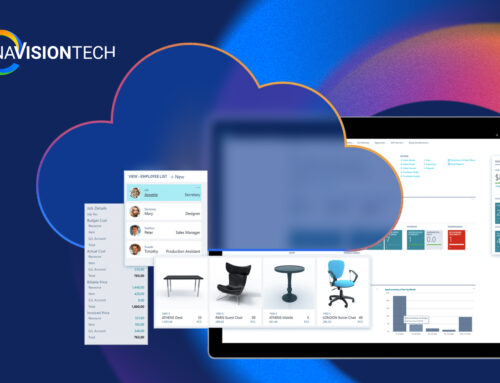Microsoft Dynamics 365 Pricing: Plans, Costs & Licensing Explained
When businesses start exploring Microsoft Dynamics 365, one of the first questions that comes up is: “How much does it cost?”
It’s a fair question. ERP and CRM solutions can feel complex, and pricing often isn’t crystal clear at first glance. Microsoft Dynamics 365 is no different and it offers multiple applications, flexible licensing, and different tiers depending on what your business needs.
This guide breaks down the essentials of Dynamics 365 pricing, plans, and licenses, so you can make sense of it all and choose what makes the most sense for your business.
Overview of Microsoft Dynamics 365 Pricing Plans and Options
Microsoft Dynamics 365 isn’t just one product. It’s a suite of business applications. You can license them individually (paying only for what you use) or bundle them together if you need a more comprehensive solution.
Here’s a high-level breakdown:
-
Dynamics 365 Business Applications
These apps are focused on specific areas of your business:
-
Dynamics 365 Sales – CRM solution for managing leads, opportunities, and customer relationships.
-
Dynamics 365 Customer Service – For handling support tickets and improving customer satisfaction.
-
Dynamics 365 Finance – Covers accounting, financial reporting, and compliance.
-
Dynamics 365 Supply Chain Management – Helps manage inventory, production, and logistics.
-
Dynamics 365 Business Central – A complete ERP system for small and mid-sized businesses (finance, operations, sales, inventory, and more).
-
Dynamics 365 Marketing, Project Operations, Commerce, HR, and others depending on your needs.
Each of these apps is licensed separately, which means you don’t have to buy everything upfront. You can start small and expand as your requirements grow.
-
Pricing Structure
Microsoft generally offers two types of licenses:
-
Base License: The first Dynamics 365 app you choose.
-
Attach License: Additional apps you add on top of the base license, usually at a discounted price.
This is helpful if your team needs multiple apps for example, you might start with Dynamics 365 Sales as your base, then “attach” Customer Service or Marketing at a lower rate.
-
User Types
Not everyone in your company needs full access. Microsoft offers licenses for:
-
Full Users – People who need deep functionality (like sales reps, finance managers, or customer service agents).
-
Light/Team Members – Staff who need limited access (like viewing reports or entering timesheets). These licenses are cheaper, so you don’t overpay for casual users.
How to Choose the Right Microsoft Dynamics 365 Plan for Your Business
Choosing the right plan comes down to three big factors: your business size, your industry, and how much functionality you really need.
-
Start with your core needs
Ask yourself: What problem are we trying to solve first?
-
If it’s better financial management and operations, Business Central might be the best entry point.
-
If you’re focused on customer growth, Sales or Customer Service could be your starting point.
-
Think about growth and scalability
One of the benefits of Dynamics 365 is that you don’t have to buy everything on day one. You can start with one application, prove its value, and then expand when the time is right.
For example:
-
A small distributor might start with Business Central for ERP, then add Sales as the team grows.
-
A professional services firm might begin with Project Operations and later attach Finance for end-to-end visibility.
-
Factor in licensing mix
You don’t need to give every user the most expensive license. For instance, your finance manager will need a full license for Business Central, but a warehouse worker who just enters receipts or updates inventory can use a lower-cost Team Member license.
This flexibility keeps costs under control while making sure everyone has the tools they need.
-
Consider support and implementation costs
Software licensing is just one part of the budget. You’ll also want to think about:
-
Implementation services (setting up, migrating data, customizing workflows).
-
Training (so your team uses the system effectively).
-
Ongoing support (updates, maintenance, and troubleshooting).
These factors can influence your overall investment more than the license price itself.
Wrapping It Up
Microsoft Dynamics 365 pricing may look complex at first, but it’s really about flexibility. You’re not locked into one giant system instead, you choose what fits your business today and expand as you grow.
To recap:
-
Each Dynamics 365 app has its own license and cost.
-
You can save with attach licenses if you use multiple apps.
-
Not every user needs a full license lighter options exist.
-
Implementation and support are just as important as the license itself.







Leave A Comment